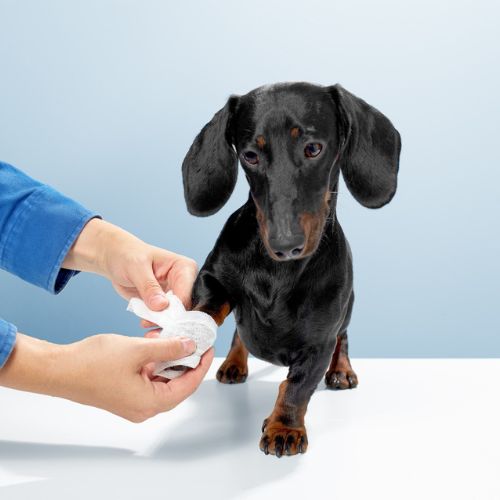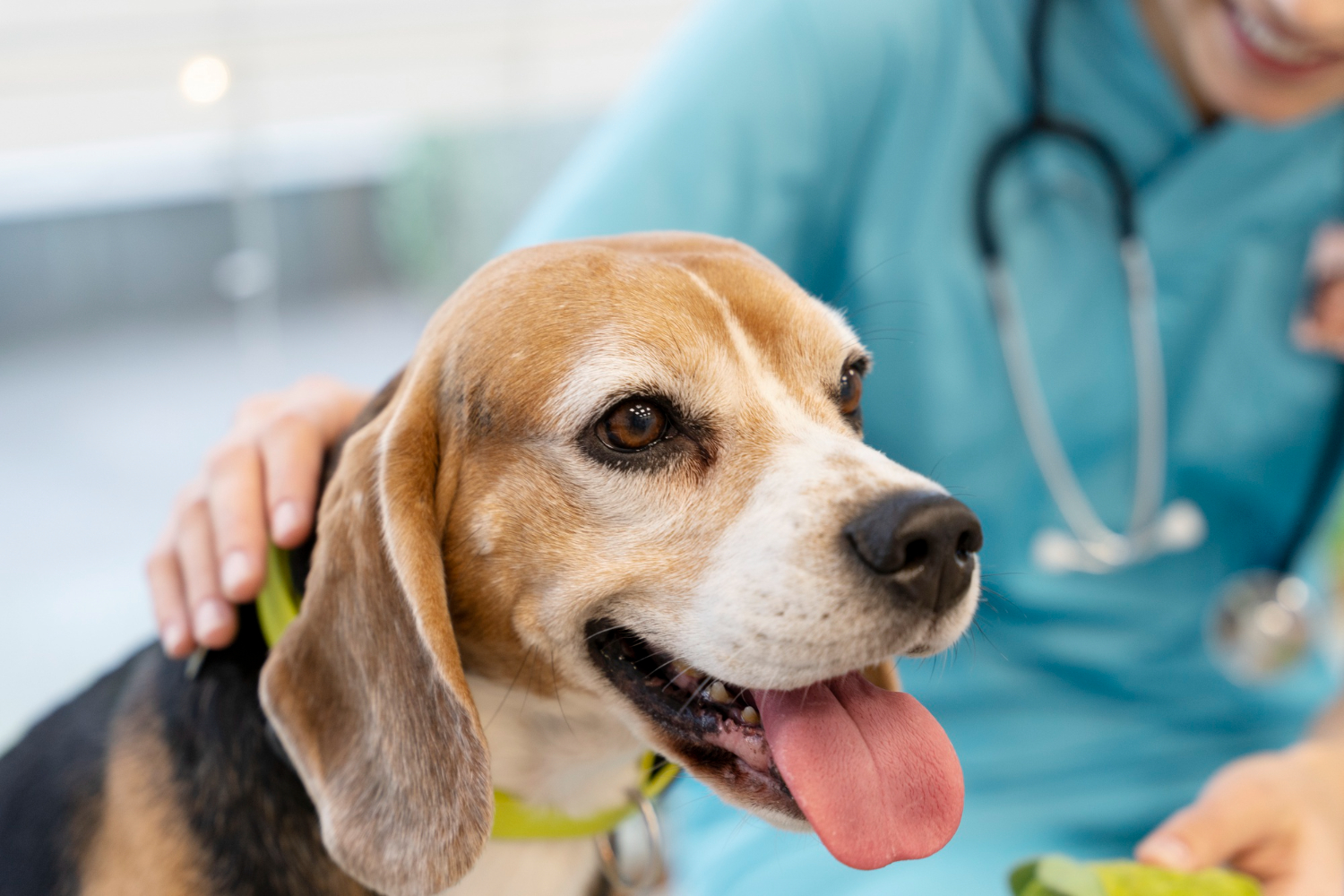Open House For Our Grand Opening! – More Info
Welcome To
Northside Veterinary Hospital
At Northside Veterinary Hospital in Shawnee, OK, we aim to provide the education and tools pet parents need to make informed decisions about their pet’s medical care.
About Northside Veterinary Hospital
Northside Veterinary Hospital offers full-service veterinary medical care to pets in Shawnee, OK, and the nearby communities. Our veterinary team works hard to treat every patient with the utmost compassion while also providing the highest quality medical, surgical, and preventative care. At our hospital, we take pride in creating a welcoming atmosphere where you and your pet feel a part of the Northside family.
Complete Veterinary Care in Shawnee, OK
At Northside Veterinary Hospital, we provide a broad spectrum of medical and surgical treatments for both companion animals and large animals in Shawnee, OK, and the surrounding areas.

Pet Preventative medicine
Our veterinarians will advise on immunizations at yearly checkups based on your pet’s lifestyle and exposure risk.

Pet Surgical Treatments
We understand that surgery can be a scary time for you and your pet. We are here for you and your pet every step of the way.

Pet Internal Medicine
Internal medicine is a veterinary science branch specializing in identifying and managing complex disorders that are harmful to pets.

Pet Rehabilitation
Rehabilitation is helpful for pets that have undergone surgery or have a medical condition making it difficult to carry out everyday activities.
Meet Our Veterinary Team
Our veterinarians and staff aim to provide you and your pet with top-notch veterinary care by utilizing cutting-edge technology and giving personalized attention to each patient. Whether you have been with us at Northside Veterinary Hospital for years or it’s your pet’s first visit, we are your partner in your pet’s medical care.
Everyone at Northside have all been so attentive and caring to me and to others. From the very clean waiting room, I can see their interactions with others are just as friendly and helpful as when I have questions. They have true kindness and love for all animals.


